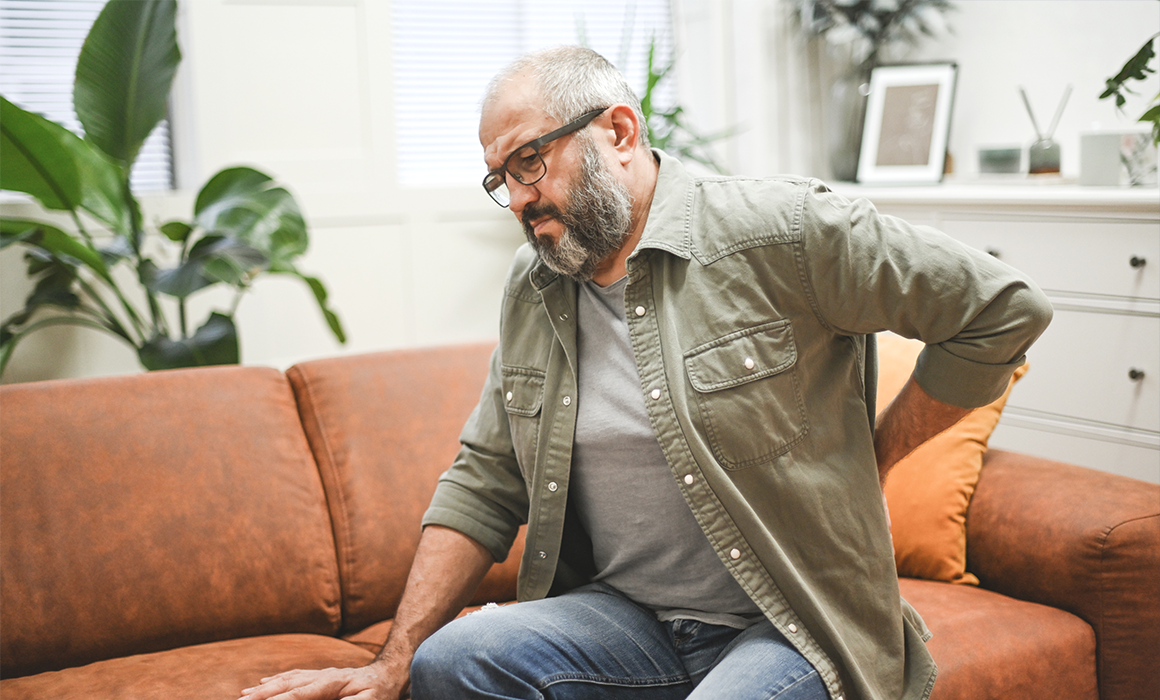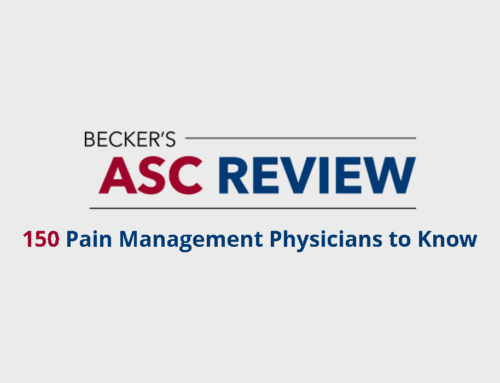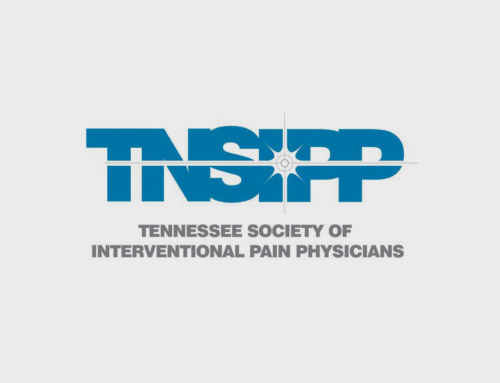While Precision Pain Care treats a variety of injuries and conditions, some common sources of unfortunate back pain include compression fractures and spinal stenosis.
COMPRESSION FRACTURES
Spinal compression fractures are cracks or decaying of the vertebrae. Fractures can be caused by a sudden event, over time, or by a condition called osteoporosis. Osteoporosis is a disease that causes your bones to thin, thus making them more fragile. With frail bones, anything from a missed step, to an improper lifting of an object can result in a possible fracture. It is a common misconception that with age comes back pain. If you are over the age of 60 and have back pain, the odds that you have a spinal compression fracture are likely.
Fractures of the spine have the tendency to vary on the pain spectrum. Resulting pain may gradually worsen, stay consistent, improve, or in some cases not be felt at all. Some physical symptoms that might be an outcome resulting from compression fractures include loss of height, a curved back (kyphosis), stomach issues, hip pain, or trouble breathing. These symptoms tend to vary for each individual but typically one or more of these symptoms can be an indication of spinal compression fractures.
Vertebroplasty and Kyphoplasty for Treating Compression Fractures
At Precision Pain Care, we use a conservative approach to pain care and prefer to choose interventional or minimally invasive treatments if necessary. Vertebroplasty is one solution that is a minimally invasive treatment used to improve spinal compression fractures. High severity of pain, a relatively recent fracture, or failure of other conservative treatments are certain circumstances in which Precision Pain Care might suggest Vertebroplasty.
This type of procedure involves a small incision, followed by X-Ray guided injection of bone cement into the fractured vertebra. The patient is required to lie face down for the duration of the procedure and usually is awake but sedated. This method is an outpatient procedure and most people are allowed to return home the same day. Vertebroplasty allows the patient to eventually continue taking part in normal activities, diminishes pain requiring less medication needed, and avoids future spinal fractures.
Kyphoplasty is another common minimally invasive alternative to compression fractures. Similar to vertebroplasty, kyphoplasty involves the same incision and procedure. However, instead of bone cement infused directly in the vertebra, balloons are inserted through the needle and into the bone. After the balloon is in place, it is then inflated and filled with cement. The healing process most likely involves a day of bed rest, avoidance of lifting too much for the next six weeks, and also prevents future fractures, relieves pain, and allows you to get back to your normal life.
A physician with board certification and thorough training in the field of pain medicine can be difficult to find. Dr. Graf Hilgenhurst and our team of professionals here at Precision Pain Care specialize in the diagnosis of the source of your pain as well as the treatment and follow up care. Dr. Hilgenhurst has years of pain management experience, both as an anesthesiologist and an interventional pain physician. All of our spinal procedures utilize fluoroscopic technology in order to guarantee accurate placement of injections. For more information on vertebroplasty, kyphoplasty, or alternative procedures, contact a Precision Pain Care specialist today.
SPINAL STENOSIS
Spinal stenosis is a condition in which the spinal column shrinks which eventually compresses the spinal cord or nerves running through the spinal column. This condition can be inherited or gradually acquired. If it is inherited, the person may have been born with a narrower spinal canal. Scoliosis, an irregular curve of the spine, can also be a potential inheritance of spinal stenosis.
Pressure on the spine can too result from the degeneration of your back. With age, joints and bones can become larger and force into areas that they were not originally. Bone spurs can be a protrusion that perhaps grows closer into your spinal canal. Calcification of the ligaments of your spine could develop and begin to take up more space. Intervertebral disks lie in between your vertebrae and are the shock absorbers of your back. These disks can have a tendency to slip out of place and become herniated and potentially press against the spinal cord.
Symptoms of spinal stenosis may include cramping, numbness, weakness, or pain in the arms and legs. The Precision Pain Care team would recommend effective interventional solutions like flexing the lower back, as it has been known to help with the sometimes-painful symptoms. We would also most likely suggest a series of specific stretches and exercises that might help ease your pain. These treatments relieve symptoms by opening the spinal column and creating more space for the spinal cord and nerves.
In more severe cases, epidural steroid injections may be necessary as a temporary relief from symptoms of spinal stenosis. Although not a permanent remedy of the condition, epidural injections can be an effective way of pain reduction during the process of weighing potential future solutions. Unfortunately, spinal stenosis cannot be fixed permanently without surgery and the procedure to remove pressure from the spinal cord has its risks. However, depending on the helpfulness of nonsurgical treatments and levels of pain, conditions vary and surgery may not always be necessary.



